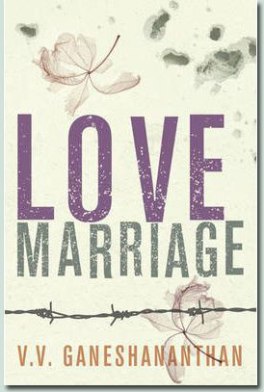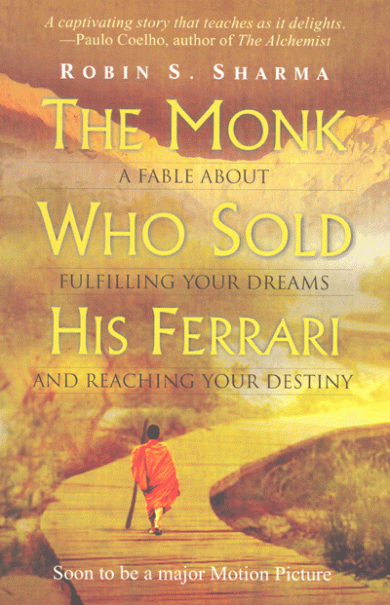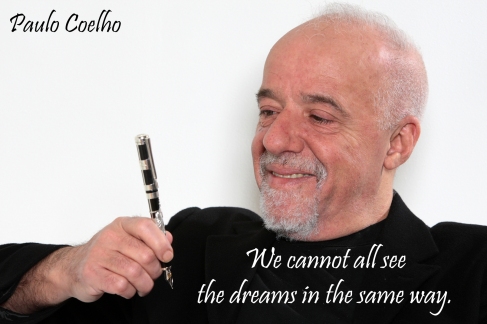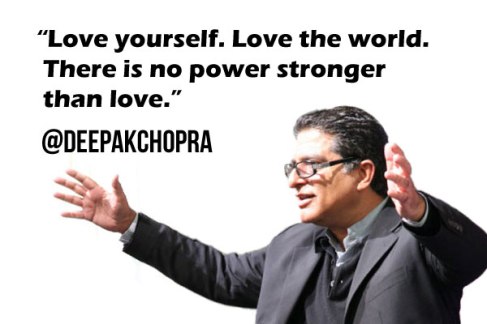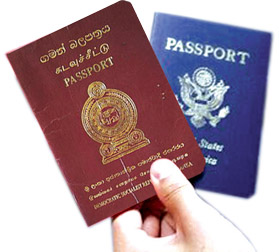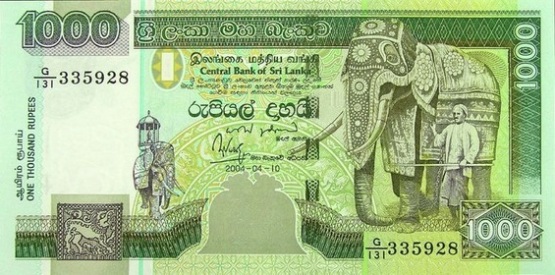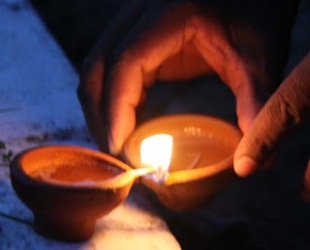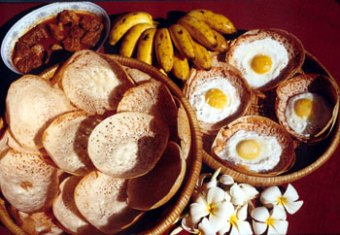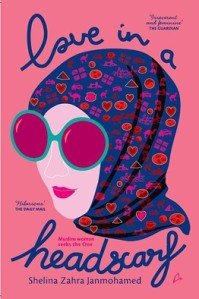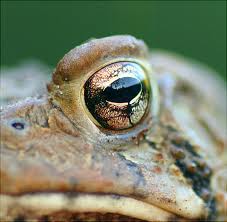
The Muslim populated areas of Jaffna were once some of its richer neighbourhoods.
More than twenty years after they were expunged from the peninsula in 1990 by the LTTE, many Muslims have found their way back ‘home.’ But home is now the slums.
“This is our land. We wanted to come home” was the oft repeated phrase they cited for coming back to Jaffna. But their neighbourhood is one of squalor and poverty. Having received some assistance in Puttalam and the various other areas they had relocated to post 1990, they come low on the list of IDPS to be rehabilitated by the government, in the North.
A people once largely affluent have been reduced to squalor but no-one is taking responsibility for it. As far as the government is concerned they have given some minimal assistance for relocation post the exodus of 1990 and that is all that is required of them. It was the LTTE that took away all the Muslims’ wealth after all. It is not their business to replace it.
“We lost so much of property and money when the LTTE drove us away,” says Sharmila Hanifa, one of the few local activists among the Northern Muslims determined to fight for the community’s rights. “I want to approach Kumaran Pathmanathan (KP) who has said that he is using the remainder of LTTE wealth to help Tamil IDPS, to ask redress for the Muslims too. Do they not owe us? Who else can we demand justice from now?”
Many of the families resettled in Jaffna have been given tin sheets, some cement and Rs. 5000 by the local government through the UNHCR. A few families were also given Rs. 25000 but it is not clear on what basis. They believe that they are all entitled to it but the fact only a few have received it has lead to tension and suspicions from within the community. It does not help that some, while living in Puttalam, come down from time to time whenever aid is announced and thus deprive those actually living in Jaffna of their fair share. The community feels that they are all being tarred with the same brush, due to the mischievousness of a few.
Says Sultan Jinooz, a Grama Niladhari who sought a transfer back from Negombo to his homeland of Jaffna, “some government officials tell me, ‘Your people are only taking the funds here and going back to wherever they have resettled.’ Some of that criticism is true but it works both ways. Some abuse the system that way but there are also genuine returnees sticking it out here, who then get cut out of that aid. It is also a fact that many people genuinely tried to resettle but the aid given was not enough and so they have gone back.”
Today, the GN divisions of Moor Street around which several of the returnees live are a testament to the horrors of war. Skeletal remains of what must have been once-handsome houses dot the area, with shrubs and weeds growing in and around them aplenty. Many other areas of Jaffna have moved on from looking like a war-ravaged no man’s land but Moor Street is not one of them. The only good looking building to be seen in the area is a bright green mosque. All around it, people have used the tin sheets and sack cloths given by the UNHCR, to patch up broken buildings, in order to live in them.

“We once lived in palatial houses, we are now reduced to this,” says Ramlah (34). “My brother had a thriving jewellery business here. When we were asked to leave, we lost all that. Some people managed to secrete away their jewelry in their hair buns or underclothes but most were caught and stripped off. My brother threw caskets of jewels into our garden well. The LTTE beat him up for it.”
Elaborates her friend, “Our community did not traditionally have bank savings. We saved our money in gold biscuits. Many of us buried them in our lands or threw them into wells before going, in the hopes of retrieving them when we came back. We never believed that it would take this many years to return. By the time we could come back – during the ceasefire, all our savings had been looted.”
The LTTE had apparently cordoned off the area and looted all the money and jewelry that the Muslims left behind. This was in addition to stripping off all that they had on their person. Depending on the cadres, some had been stripped of all their money, some had been allowed Rs.100, 200, or 500 but nothing else.
“When they told us to leave, they didn’t initially tell us that we couldn’t take our money or jewellery / vehicles with us” recalls Mohamed, a three wheel driver. I was doing business then and owned two motorcycles and a truck. In the end, we were not allowed to take even bicycles with us. The LTTE transported us out of Jaffna in trucks like cattle. They dumped us outside the peninsula and told us that we were now M.H.M Ashraf ‘s problem, not theirs. We walked the rest of the way to Puttalam, over four days. I was 26 years old, and had a new-born baby as well as a one year old child.”
Not your land
“As we were leaving with tears streaming down our faces, they told us to make sure we stamped our feet to shake the dust off them, before leaving” adds Ramla. “They told us, ‘This is our homeland, not yours. Make sure that you do not carry the soil of this land even on your feet.’ They were that cruel.”
Yet, the Muslims did not think and still do not think that they are a community apart from the Tamils. “We lived as one and identified with the same problems. When the ethnic conflict broke out, we were also a part of it as Tamil-speaking people. Our children joined the militant groups too, including the LTTE, EPDP and TELO. When the LTTE decimated the other groups, we like the Tamils were horrified to see our children in the LTTE decimating their brethren in the other organizations. Whatever problems the Tamils had, we identified with too. That is how we had lived in this part of the country for centuries.”
They instead insist that the mischief was done by Eastern LTTE commanders, who by contrast to the northern Muslims and Tamils, came from a background of strife between those two communities.
“Eastern LTTE supremos like Karikalan hated the Muslims because of their own conflicted backgrounds” says Mohamed. “Here in the North, we lived as one but they could not understand that and convinced the northern LTTE to get rid of us. We were also very wealthy and they had their eyes on that wealth. In front of our eyes, they collected our money and jewellery in sackloads and gloated that they had gained the wealth of a mini Saudi Arabia in one morning.”
The Jaffna Muslims however do not blame the Tamils for this. “It was the LTTE alone who were responsible. The Tamils are not to be blamed for not standing up to them. The LTTE was not an outfit you could stand up to. Even so some church fathers and civilians did try and were manhandled because of it,” they recall.
In the many areas they relocated to, they carried fond memories of their cordial relations with the Tamils and even passed it on to their children. Rilwan (27) was only five when he left. He has no memories of Jaffna from childhood but says that he came back to be home. “In Puttalam, we were ‘refugees’, ‘outsiders ‘and even ‘usurpers’. I wanted to escape those labels. I wanted to be in a place which I could call home.”
He currently lives in a makeshift shack put up on marshy land without electricity or running water but says he has no intention of returning to Puttalam. He is happy to be in Jaffna, where the happiness of finally not being an ‘outsider’ outweighs all other considerations.
“The residents of Puttalam even though fellow Muslims, made it clear that we were interlopers” he says. By contrast the Tamils of Jaffna welcome us as one of their own. They stop me on the road, ask me where in Jaffna I am originally from, tell me that they knew my parents well and were sad to see them leave– all that fills my heart with joy; that acceptance and sense of belonging, which I didn’t have growing up.”
The Puttalam Muslims had originally been sympathetic to the Northern Muslim refugees. But neither they nor the Northerners had envisaged that the problem would take many decades to solve. “They greeted us with fruits and sympathetic words,” recalls Hassan (44). “But over time, when we didn’t leave (because we couldn’t) they grew annoyed.”
“We were so shy to come out of the camps. They used to taunt us by calling us Panam Kottes (Palmyrah seeds)” says Amina, who was only 15 when she had to leave. “Over time though, we learned to defend ourselves. We would say, ‘Yes we come from the land of Palmyrahs which are wonderful trees. Every part of it is useful and sturdy. We are not ashamed to be associated with the Palmyrah.”
Whichever part of the country these proud people had found themselves, they were at best ‘refugees’ and at worst interlopers. Their proud spirits rebelled and smarted which is why many of them have come home to Jaffna. Jaffna though is still a far cry from the home they left behind. They are happy to be back at any rate but are continuing the fight to have a stable life with at least basic facilities and infrastructure.
Having given up hope after a decade, many had sold their houses or land during the ceasefire at paltry rates, something they bitterly regret now. Meanwhile some still have deeds and land but not the capital to repair their war-ravaged houses.
“I came back to Jaffna in 2003 to offer my services to the resettling community, but my family is still based in Colombo as I don’t have a home to offer them here,” says M.S.A.M Mubarak, the principal of Osmania College, the only functioning Muslim school in Jaffna. “I was a teacher in Jaffna when we were chased out. I finally ended up in Colombo as vice principal at Zahira College after travelling the circuit from Puttalam to Panadura, in search of stability for my family.”
If only the government would look into proper housing for the returnees, he says, most of their problems would be solved as the challenges of stability and resettlement would then be met.
“The fabric of our society was rent apart in 1990 and it is proving a difficult endeavour to recover. I myself never sold my land as I always wanted to be able to come back home, but that home is no-more and I do not have the funds to rebuild it. I see so many people coming with the intention of permanently resettling but then giving up after awhile and going away.
“I can see the effect directly on the children, it takes two to three years for them to get a sense of balance and start concentrating on their studies, but when their parents up and leave, those studies get disrupted yet again,” says Principal Mubarak.
Osmania College, which re-opened in 2003 with only 41 children studying Grades 1 – 5 has now 430 students enrolled, all the way up to the eleventh grade. The student population however is in a constant state of flux as the parents unable to stabilize between one place and another keep coming and going. It used to be a prominent boys’ school but is now a co-ed institution as not enough of a student body has grown to re-open Khadija College, the former girls’ school. That school has meanwhile been taken over by some 16 families who share the two toilets between them and refuse to leave as it offers a free roof over their heads, something more than their brethren have.
“The local government bodies are not giving us the few aids that they give the others as they say we are staying here illegally,” say the residents. “But we are not leaving. We are entitled to land and houses as people originally from this area and if they won’t give it to us, we won’t vacate what we took over either.”

Khadija College
The community meanwhile exists amidst many troubles of livelihood and survival. Most of them make a living in the iron trade (selling bits and pieces of scrap metal) or as pavement sellers but both industries are subject to abuse. The police fine us absurd amounts for being pavement sellers but that is our traditional livelihood,” says Imthiyaz (47). “In Puttalam, the residents would not trade with us so we had no income. In Jaffna, the residents willingly buy from us but the authorities are cracking down unnecessarily.”
And so the community keeps on fighting for its rights. Many have lost hope and taken to alcoholism. But many also remain strong and committed towards a better future for their children. It’s an ongoing struggle, they have lived with now for 22 years.
(Picture credit: K. Dushiyanthini and lankamuslim.com)








